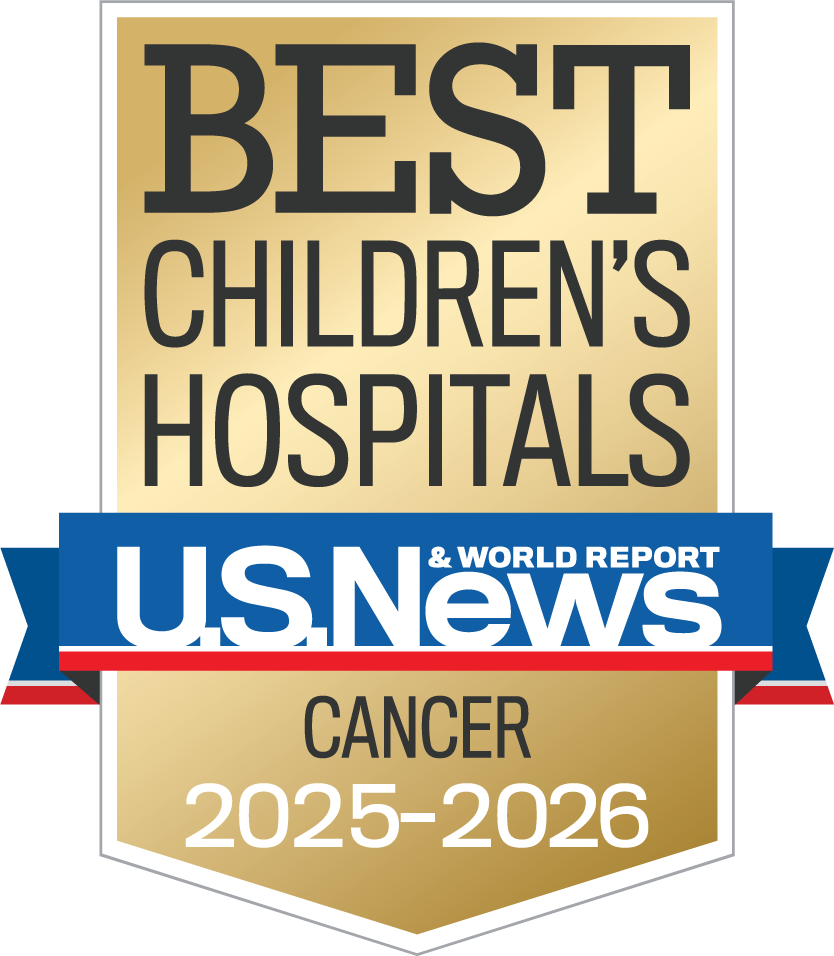CHOC’s Blueprint for Achieving Successful Outcomes for Bone Marrow Transplant Patients
Long-term survivorship and improved quality of life among pediatric cancer patients undergoing bone marrow transplants is routinely threatened by three common challenges that all pediatric oncologists face: cancer relapse, infection and graft versus host disease (GVHD). The oncology team at the Hyundai Cancer Institute at CHOC is overcoming these challenges — and delivering survival outcomes better than the national average.
“What we want for bone marrow transplant patients is for them to go through transplant without getting any infections; to have a small, controlled amount of GVHD; and for their cancer to never return and their immune systems to work fine,” says Dr. Rishikesh Chavan, pediatric oncologist at CHOC. “That would be the best-case scenario, and our team at CHOC is constantly optimizing to that.”
Dr. Chavan says this best-case scenario can be difficult to achieve because of common challenges associated with bone marrow transplants: infections, GVHD and relapse. CHOC is innovating better solutions to defeat these challenges:
- Preventing infections: CHOC has a robust program that covers infection prevention, infection surveillance, and timely and appropriate treatment of infections if they arise. “Post-transplant, families receive a dedicated callback number and prompt follow-up to answer their questions and triage them appropriately,” says Dr. Chavan. “If a complication occurs such as fever, patients are seen within 15 minutes of arriving to our ED and their first dose of antibiotics is administered within 60 minutes of their ED visit.” CHOC routinely monitors for infections and underlying immune status, including surveillance labs to check for viral and fungal infections. There is also a keen focus on ensuring all post-transplant patients are re-immunized to prevent infections. With the COVID-19 pandemic, telehealth checks are frequently held to see how the patient is doing and avoid unnecessary hospital visits.
- Preventing GVHD: “A little bit of GVHD is not bad, because it tells us the new immune system from the donor is functional and responding,” Dr. Chavan says. “In fact, patients who have Grade I GVHD have better long-term survival outcomes than patients who have no GVHD at all.” Based on the use of post-transplant cyclophosphamide, CHOC has been successful in preventing GVHD in most patients despite having more mismatched/haplo transplants. To manage more serious grades of GVHD, Dr. Chavan is starting a new clinical approach at CHOC dedicated to treating GVHD. “The clinic will utilize our tumor board team-based approach for quickly recognizing GVHD based on clinical as well as laboratory data and using that information to match patients to appropriate GVHD treatments,” he says. “This design will allow us to review what is working, what isn’t and switch treatments quickly, if needed, to help patients get better. Having this ability at our clinic to respond quickly and offer very personalized treatments is the future solution to managing GVHD.”
- Preventing relapse: Patients’ bone marrow is checked for engraftment studies and minimal residual disease after transplant through monthly marrows, which is essentially surveillance for relapse. If a patient is likely to relapse because they are at a higher risk of leukemia to begin with or based on their surveillance marrows, they receive donor lymphocyte infusions to support their immature immune system as well as other regimens to prevent or treat relapse. Dr. Chavan is also involved in research projects to study and mitigate potential factors that affect relapse in leukemia patients undergoing stem cell transplant and cellular therapy with a focus on regulatory T lymphocytes.
For proof that CHOC’s efforts in preventing GVHD, infections and relapse is working, bolstered by both algorithm-influenced care and a concierge-medicine approach, Dr. Chavan references patient survival outcomes from 2018 and 2019 in reports by the Center for International Blood & Marrow Transplant Research (CIBMTR). Results showed CHOC well above the national average for survival outcomes and higher than most of its cohort of transplant programs.
“A great team consists of a group of kind-hearted people who can not only detect and treat complications but also anticipate potential problems and try to prevent them, and that’s what we have here at CHOC,” Dr. Chavan says.

CHOC Hospital was named one of the nation’s best children’s hospitals by U.S. News & World Report in its 2025-26 Best Children’s Hospitals rankings and ranked in the cancer specialty.




